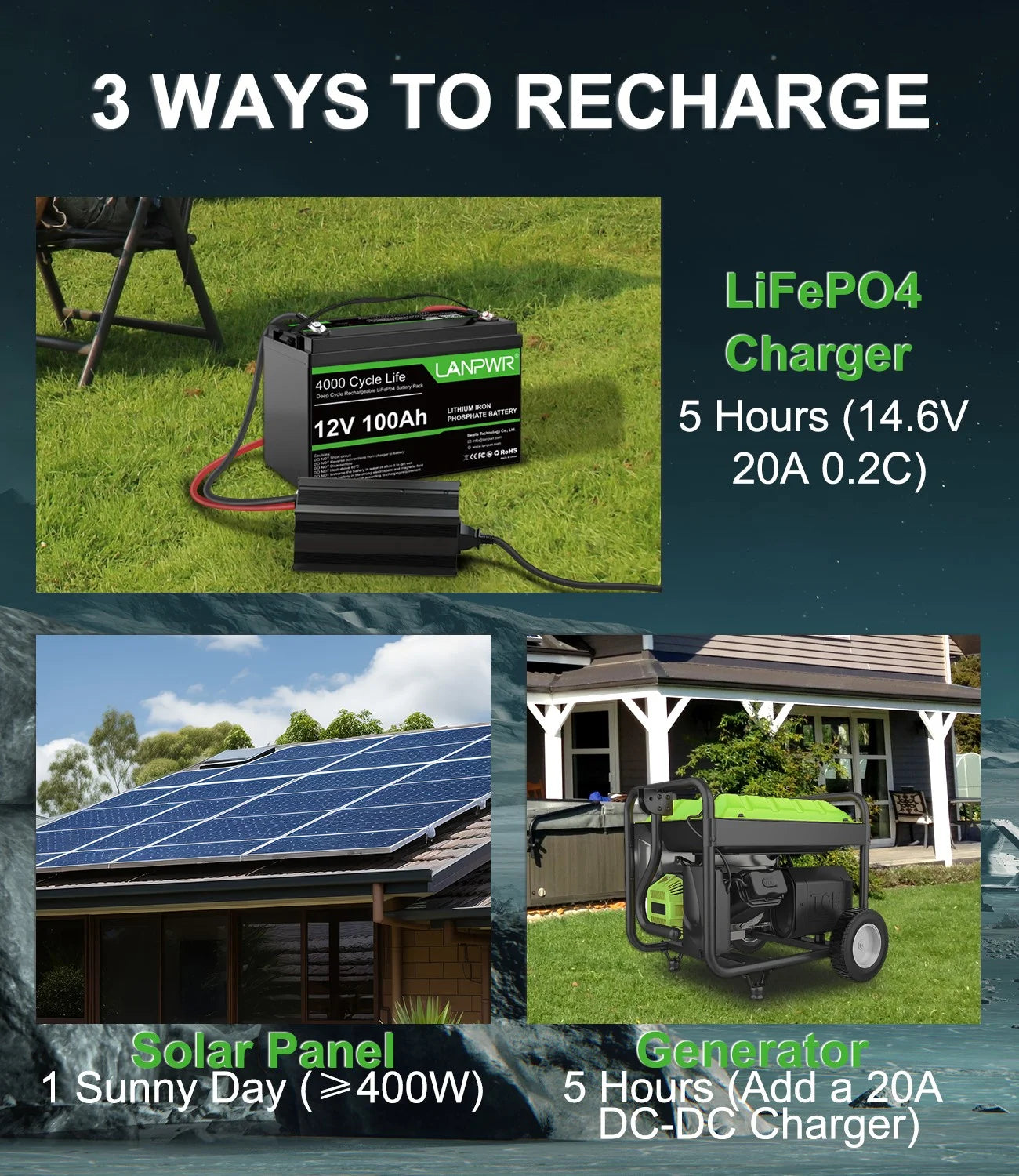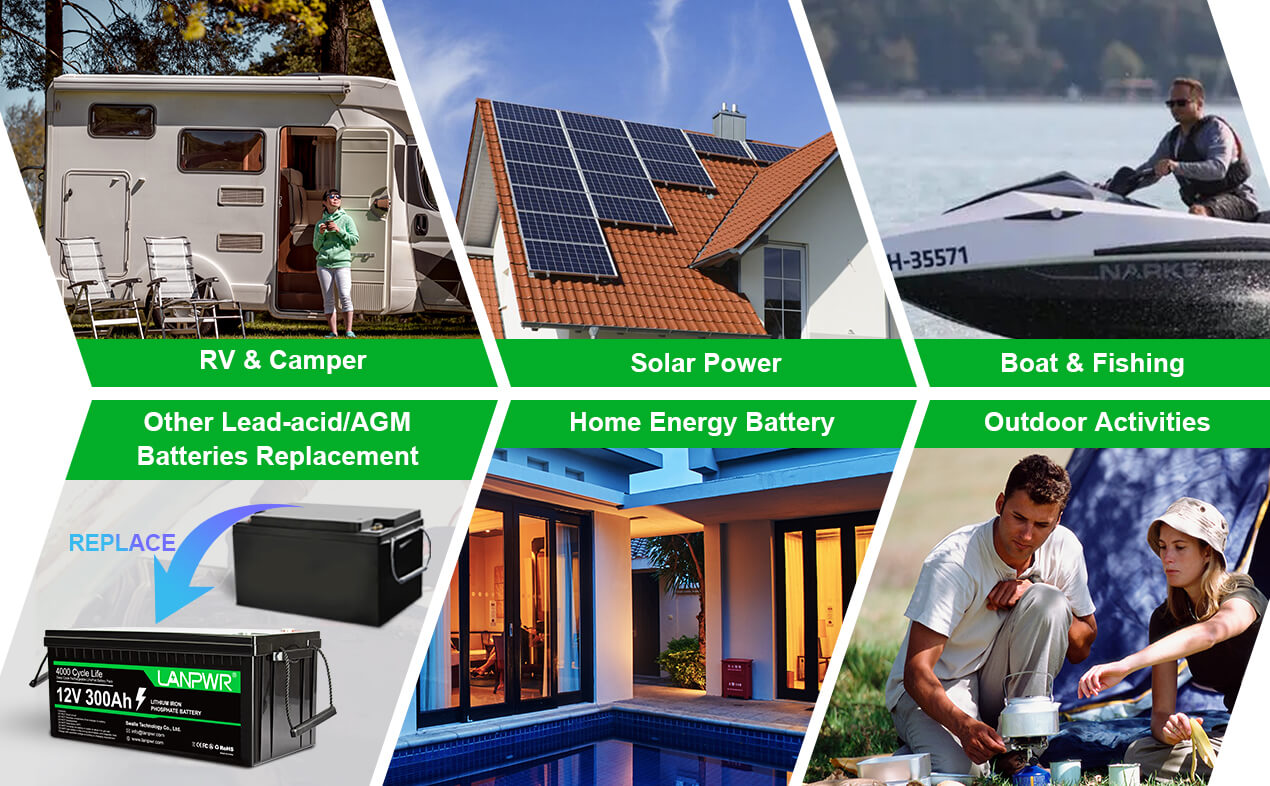However, in reality, anything from severe weather to simple grid failures, like those that caused the 2018 blackout in Indonesia, due to a biological phenomenon, will cut the power on a planet of nearly 8 billion. A steady power supply is important to stay functioning and keep safe and warm during such times. A portable power station is a simple and easy way to have backup power on hand during power outages. For an article this long we will provide practical tips to help you know how best you can use a portable power station in the event of a power outage.
What you should know about Portable Power Stations
Portable Power Station
A portable power station, also known as a battery electric generator, is a device intended to be used to provide electricity to various applications. It often consists of several output ports such as AC outlets, USB ports, and DC carports that enable users to power and charge a variety of devices and appliances. Compact, Inverter generator, Portable, for Home Use, Job Site, Camper/RV, Recreational, Tailgating, for Emergency use, and great for power outages.
Some of The Features of Portable Power Stations
Battery Capacity: This is rated in watt-hours (Wh) and establishes the energy capacity that the power station can hold and deliver. Enterprises can stay connected even longer per charge with higher capacity.
Output Ports(AC Outlet): Plug in the electrical appliances under 400W total, USB & cigarette lighter DC output (Max 12V / 10A).
Inverter Technology: Takes battery DC power and changes it to AC power, pure sine wave inverters are preferred to be used with sensitive electronics.
Portable: This can be charged from solar panels, any AC outlet, or a car charger so that you have it ready for those long outages.
Portability: It is created with the portability feature to transfer conveniently from inside to outside for use at a lot of sites.
Preparing for Power Outage
Assess Your Power Needs
Recognize The Must-Have Gadgets: Note down gadgets and home appliances that you plan to power in case of an outage. IE lights, SM phones, LE laptops, IM equipment, RS, CDs
Calculate Power Requirements - List the wattage for each device and calculate the total power requirement You can then make an informed decision based on this - which in the end will help you select the right portable power station with a decent amount of capacity.
Pick the Right Portable Power Station
If you want to go Ii will take you for a ride: Here you need to choose a power station that has a battery with a large capacity and the right kind of lip output ports to suit your purpose. Models that have high watt-hour ratings, for longer runtime.
Recharging: Consider a generator that has built-in solar panels, AC outlets, and options to charge in your car so you can always replenish it during a long rolling blackout.
Size and Weight: It's got to be small enough and light enough to be transported to wherever it is needed and not be in the way.
How to Use a Portable Power Station on Power Outage
- Power Station Fully Charged Before You Land
Have It Ready: Charge your portable power station before an expected power outage. Keep the unit checked and recharged to keep it up and ready for any emergencies.
- Positioning the Power Station
Central Location: On-site, the power station should be positioned centrally where it is most easily accessed. Keep it in a cool, dry place free of direct sunlight and moisture.
- Prioritize Essential Devices
Power Critical Devices First - In the case of an outage, prioritize power to necessary equipment, such as communication tools, medical devices, and lights. This allows you to power the essentials: keeping you safe and in touch.
- Monitor Power Usage
Monitor battery levels, output/input wattages, and remaining run-time with the power station's display. This provides control over the power usage to not empty the battery sporadically.
- Optimize Charging Times
Charge in the Light: Solar panels mean communication to refuel the strong hours, the best performing times are in the daylight hours. You can only recharge the AC when the grid is on.
- Use Energy-Efficient Devices
Prolong Battery Life: You can buy energy-efficient devices and appliances that are easier on the batteries of your power station. While LED lights, low-power fans, and efficient electronics draw far less power, enabling you to operate the same setup longer.
- Maintain Proper Ventilation
Maintain adequate airflow: The thermal design of portable power stations ensures these generators will heat up a little during operation. Correctly cool the unit (heat buildup will cause the device to perform poorly)
Real-world Applications Both In Outages and Without a Power Grid
- Lighting
LED Lamps and Bulbs: Make Use of LED lamps and bulbs to get bright and eco-friendly lighting. They use less power and have longer lifetimes, which is perfect for prolonged power cuts.
- Communication Devices
Stay Plugged In: Charge mobile phones, tablets, and radios so they are ready when you need them. Having a means of communication to get updated and to call for help is important.
- Medical Equipment
Uninterrupted Operation: offers power to your CPAP machine, o2 concentrator, Nebulizer, and more. Keep these devices functioning to protect health and safety.
- Refrigeration
Keep Food and Medicine Activated: You can power a mini-fridge or full-sized refrigerators with the station that avoids food spoilage as well as maintain medicine at the right temperature.
- Cooking Appliances
Cook Food: Use low-wattage appliances such as an electrical stove, kettle, and coffee maker to cook food and warm a beverage. This will give you comfort food, and remain healthy during your being blackout.
- Entertainment Devices
Keeping Up Morale: Power portable speakers, projectors, and gaming consoles to keep entertained and morale high during long power loss cases.
- Heating and Cooling
Climate Control - the ability to power a fan, a space heater, or a portable air conditioner to maintain comfortable temperatures, especially in very high or low temps.
How to Safely Use a Portable Power Station
- Adapters should make sure to follow the manufacturer's instructions to avoid accidents
Manual: Obey all manufacturer instructions and guidelines relating to user operation and operator safety and maintenance requirements of the power station
- Avoid Overloading
Keep things in check: Be sure not to overload the power station, i.e. do not exceed its maximum output corps. It can damage the unit and connected devices due to the overloading.
- Proper Cables and Adapters
Use Manufacturer-provided Cables and Adapters: This step is simple, use the cables and adapters by the manufacturer Check all connections are secure and same type to avoid damage or any problems in the future.
- Keep Away from Water
Prevent Water Damage: Restrict the environment of the power station, keep it dry and away from water sources to avoid electric shock and damage.
- Store Safely
Note: Keep the Power Station in place When it is Not Used. Do not Marinate in Temperature High, Humidity and Sunlight.
- Regular Maintenance
Scheduled Checks: Check the power station for maintenance periodically. Make sure it is clean inspect for broken or damaged parts and make sure the parts operate properly.
The Future: A Long-Term Plan for Power Outage Prep
- Invest in Renewable Energy Grids
Solar Panels: TypeIf you want to go all environmentally friendly, you can also buy a solar panel to top up your portable power station. These give it a renewable as well as dependable power base Turned on in power blackouts for prolonged durations.
- Take It To A Roomier Version
Future-Ready: If your power necessities change, upgrade to powerhouses with greater capacities. This increases your capacity for more and longer-lasting devices.
- Create a Backup Power Plan
Emergency Planning: Create a robust backup power strategy that leverages portable power stations, generators, and other forms of energy. Require all family members to know the plan.
- Conduct Regular Drills
Jump Into Action: Budget for regular drills to get everyone familiar with the portable power station and other backup power options, or use it as a unique experiential learning experience for your family. This makes certain you are prepared and ready in case of blackouts.
- Stay Informed
Weather and Power Alerts - Weather and power alerts from local officials and utility companies. as I mentioned in the introduction, being prepared for these situations is the best way to reduce the impact of downtime.
Summary,
A good power station can improve your way of dealing with essential needs, safety, and comfort when there is a power outage. With knowledge of your power station's functionality and a few key tips on how to use it, you should have no problem seamlessly traversing power outages without skipping a beat. Whether it is for charging communication devices and powering medical equipment, providing lighting, or preserving food, a portable power station is a powerful ally in the quest to always be prepared to tackle any emergency.
Some key factors of making sure you are prepared for any power outage are investing in a good portable power station, ensuring it stays charged and ready, but also following some best practices for safety. You can better your resilience and peace of mind by opting for long-term strategies and remaining updated, overall you can rest assured you have a robust backup power solution to rely on.














Leave a comment
This site is protected by hCaptcha and the hCaptcha Privacy Policy and Terms of Service apply.